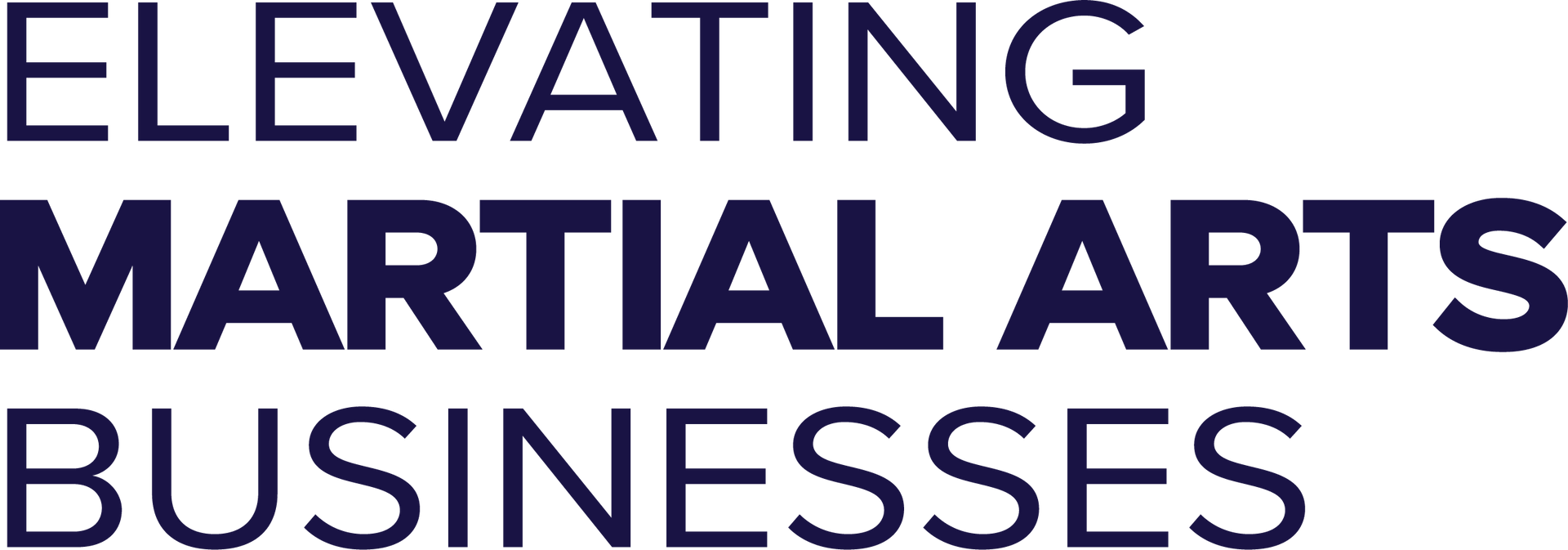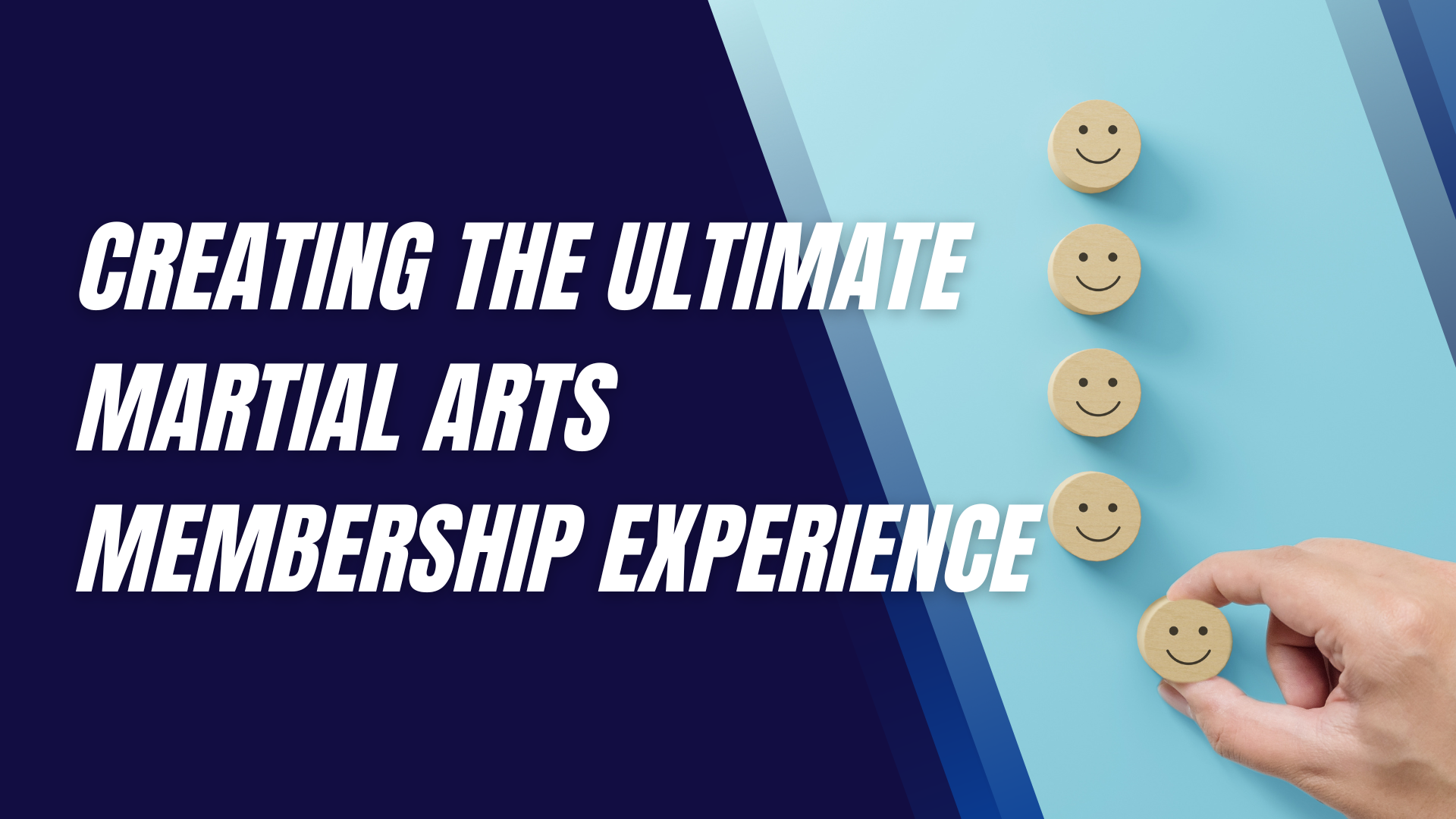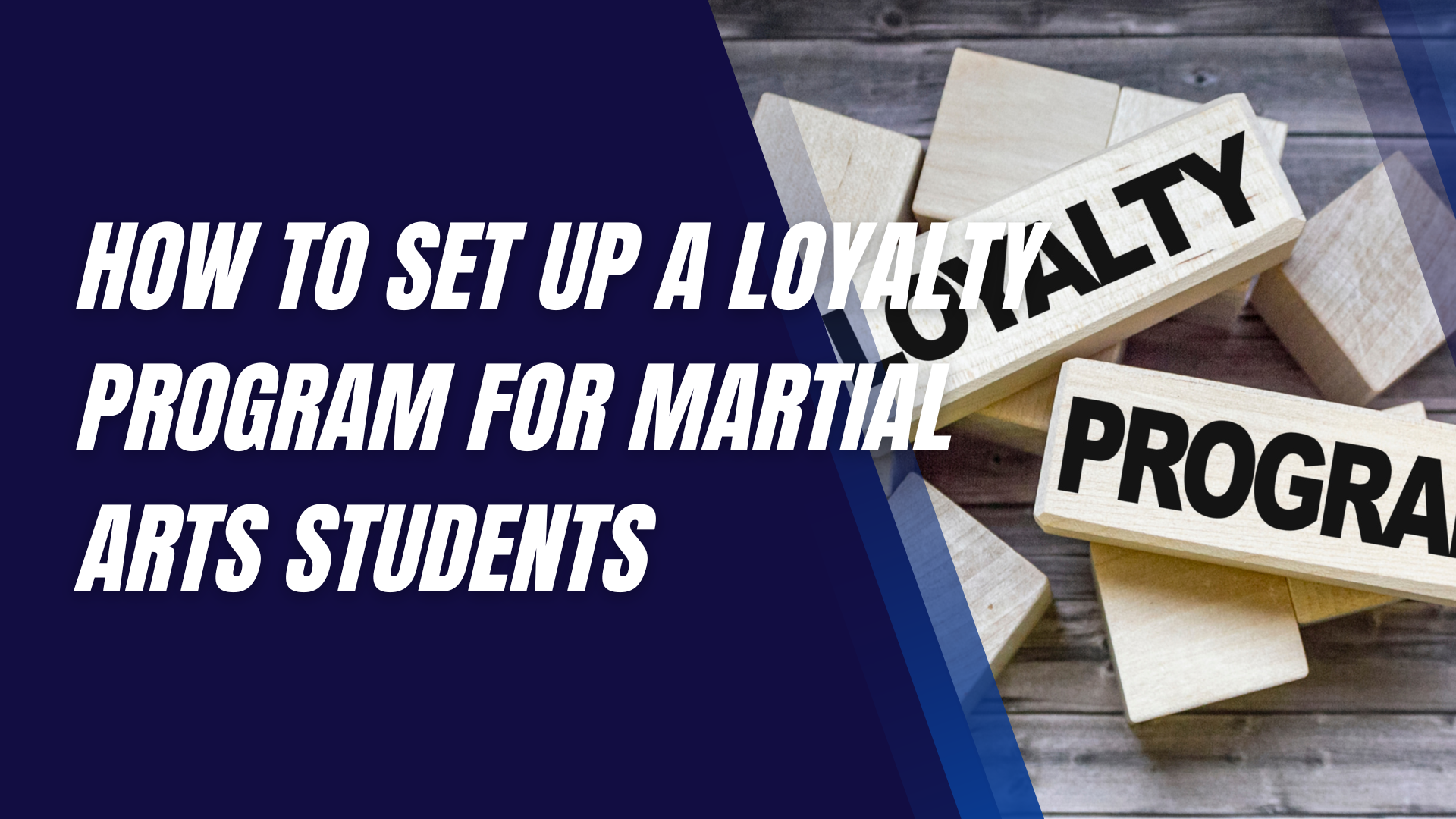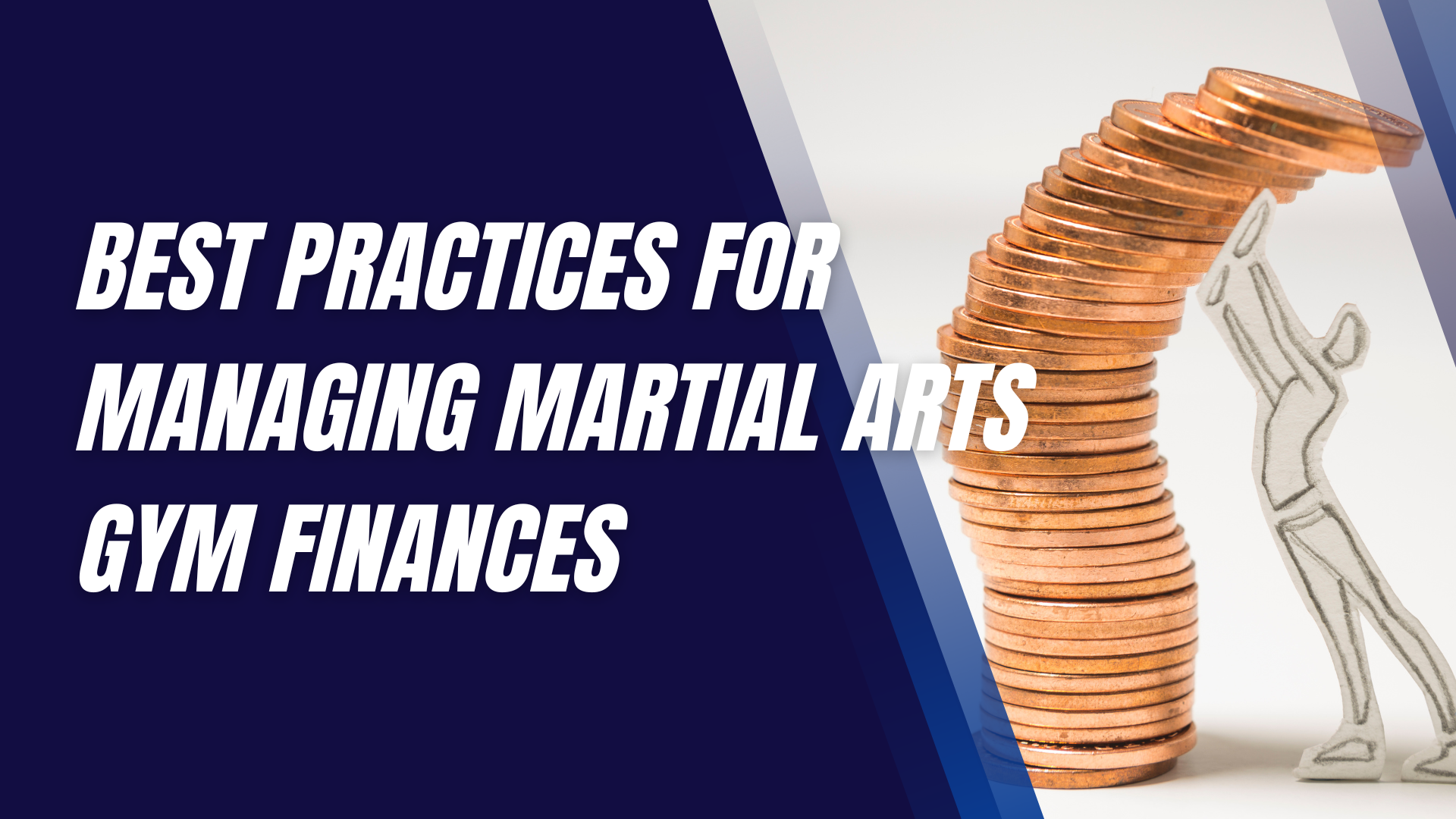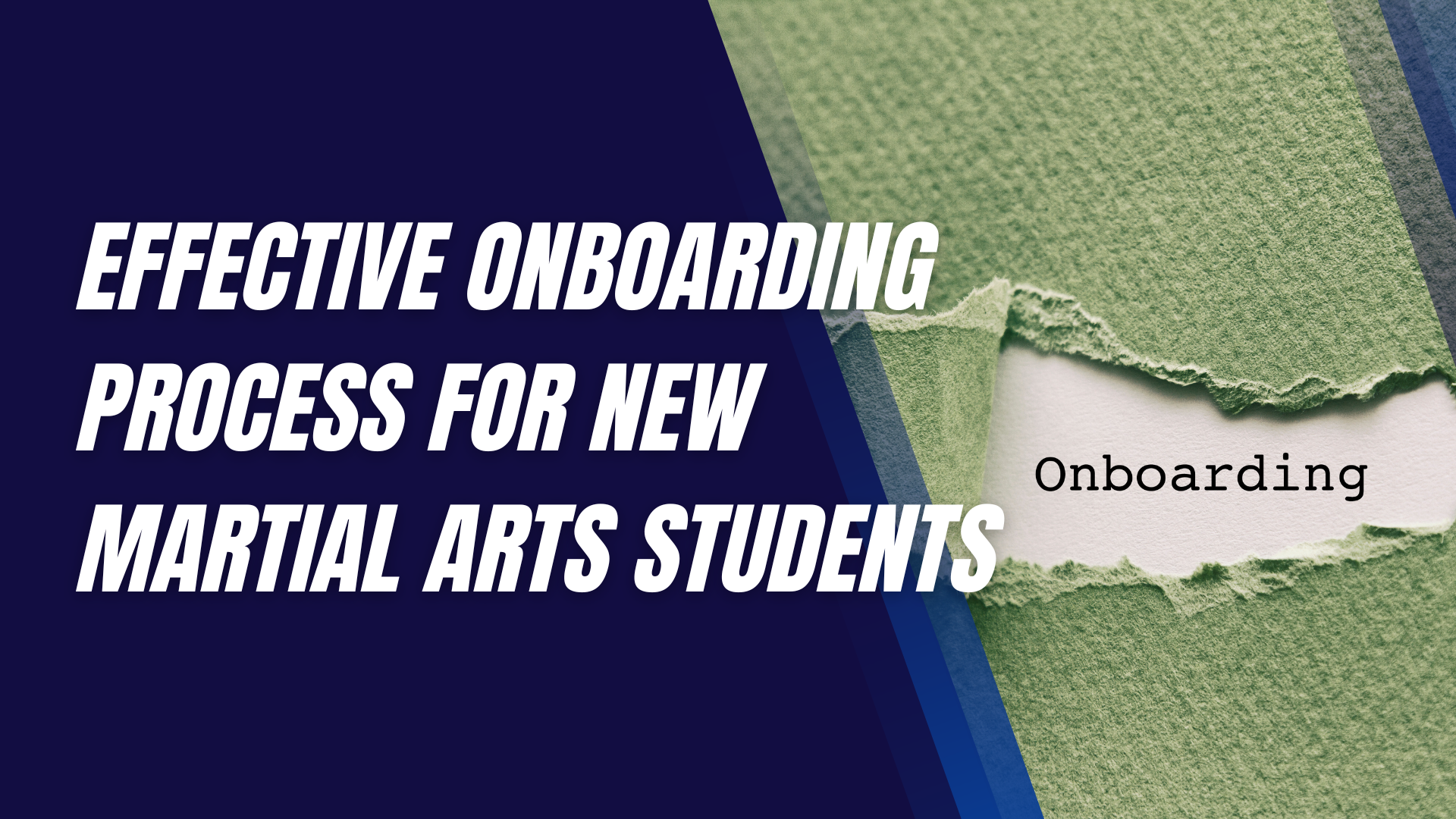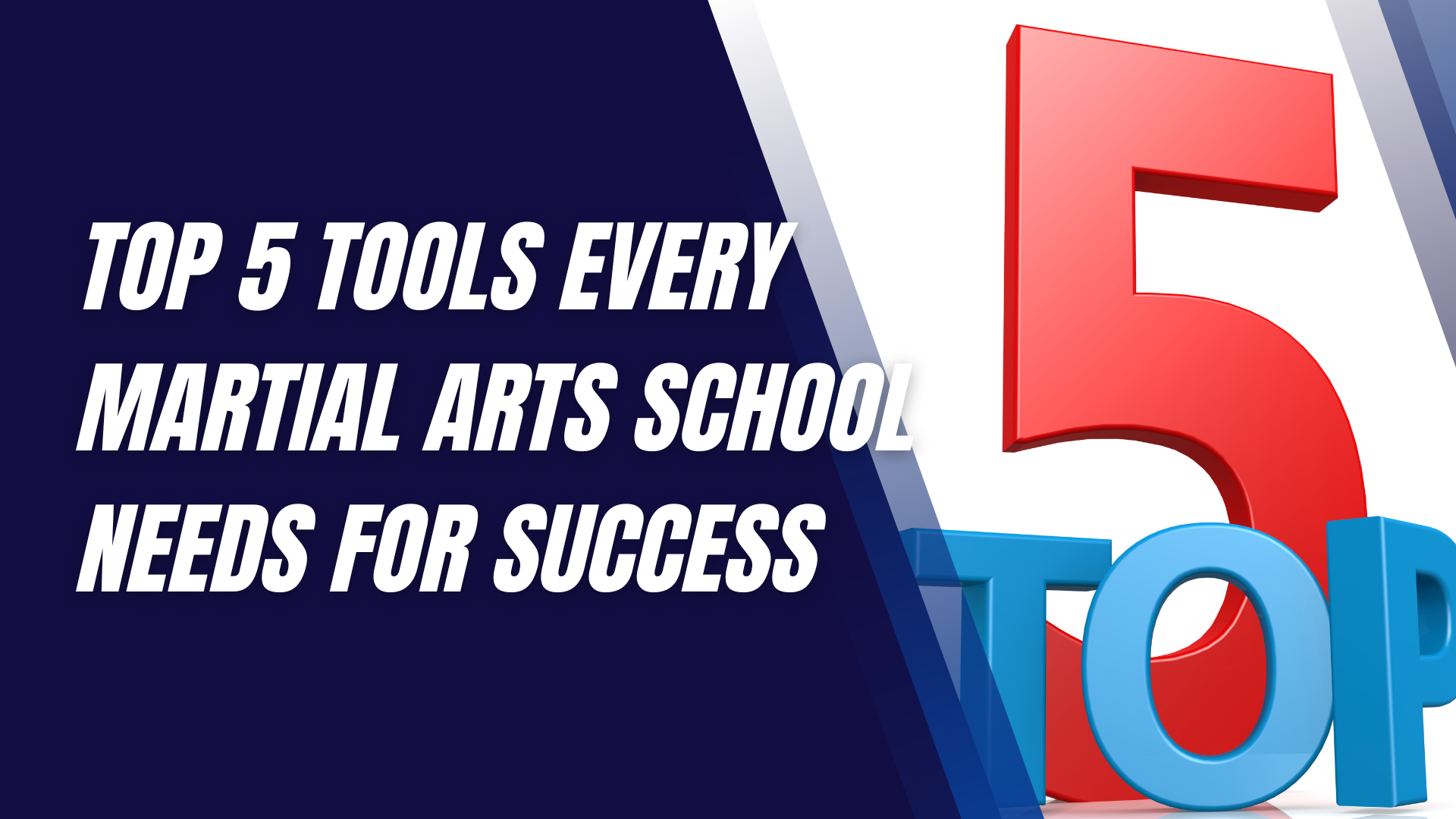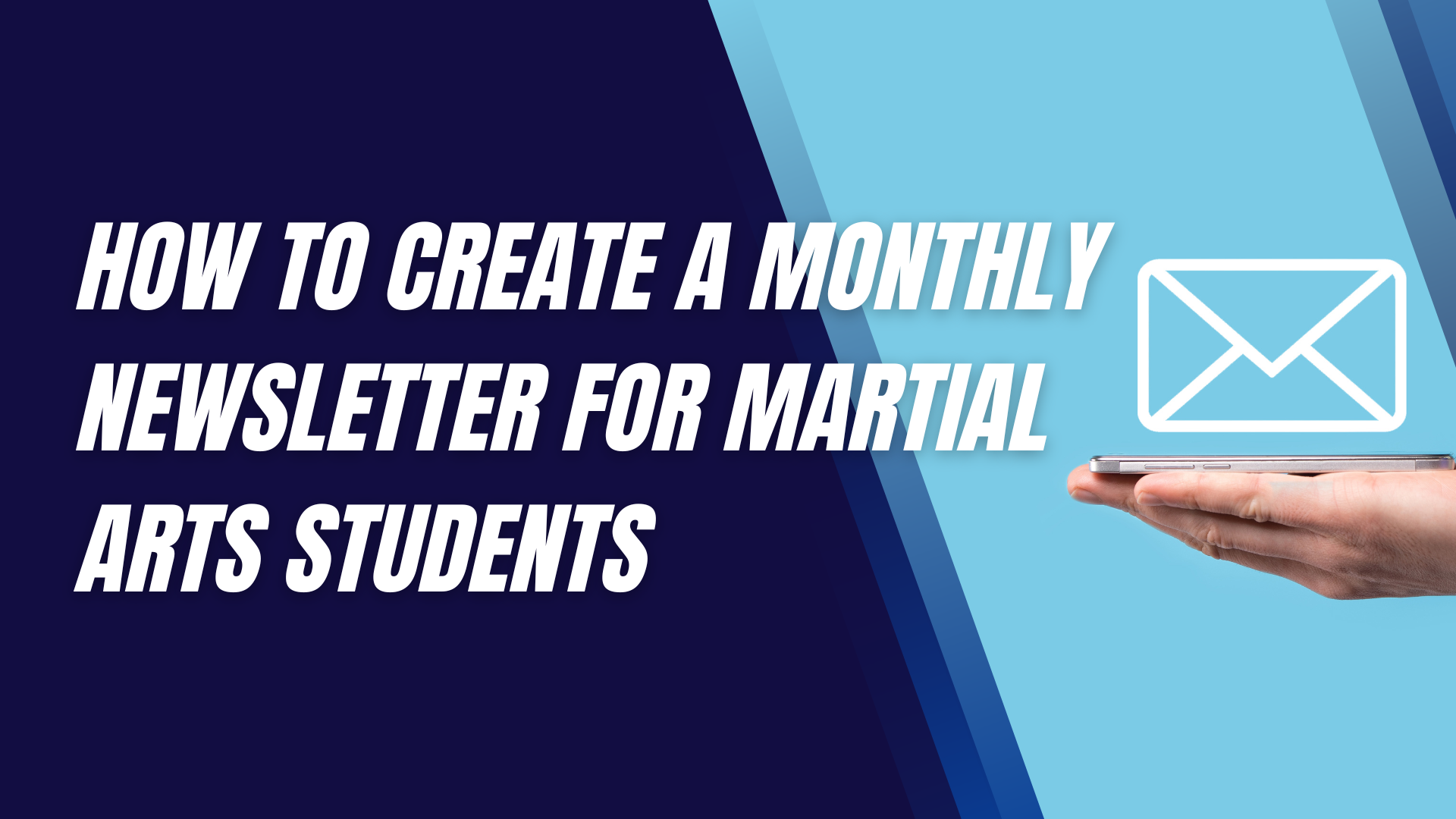How to Train Smart and Avoid Overtraining in Martial Arts
Training in martial arts is a demanding and fulfilling endeavor.
Whether you're a beginner or a seasoned practitioner, finding the right
balance between pushing your limits and allowing your body to recover is crucial. Overtraining is a common pitfall that can hinder progress, cause injuries, and even lead to burnout. In this article, we'll dive into how you can train smart and avoid overtraining while achieving your martial arts goals.
Understanding Overtraining
What is Overtraining?
Overtraining occurs when the intensity and frequency of your training exceed your body’s ability to recover. It's not just about being tired; it's a state where your performance declines, and you may experience various physical, mental, and emotional symptoms. Common signs include persistent fatigue, muscle soreness that doesn’t go away, increased susceptibility to injuries, irritability, mood swings, and even insomnia.
Common Causes of Overtraining in Martial Arts
- High Training Volume and Intensity: Martial arts often involve rigorous training sessions that can easily tip into overtraining territory if not managed properly.
- Lack of Adequate Recovery Time: Skipping rest days or not allowing enough time for recovery can quickly lead to burnout.
- Poor Nutrition and Hydration: Without proper nutrition and hydration, your body lacks the fuel to repair and rebuild itself after intense training.
The Importance of Training Smart
Benefits of a Smart Training Approach
Training smart isn’t just about avoiding overtraining; it’s about maximizing your potential. A well-thought-out training plan can help you:
- Improve Performance: Focus on quality over quantity. Efficient training helps build strength, speed, and technique without unnecessary wear and tear.
- Enhance Skill Acquisition: Training smart allows for better focus on technique, ensuring that your skills develop correctly.
- Reduce Risk of Injury: Balancing intensity with recovery reduces the chances of injuries caused by fatigue or improper technique.
Balancing Intensity and Recovery
To train smart, you need to find the sweet spot between pushing your limits and giving your body enough time to recover. Incorporate both hard and easy days into your training schedule. Use active recovery methods like light cardio or stretching to keep the blood flowing and aid in muscle recovery without adding strain.
Identifying the Signs of Overtraining
Physical Signs to Watch Out For
Overtraining isn’t always obvious at first. Here are some physical symptoms that may indicate you’re pushing too hard:
- Persistent Muscle Soreness and Fatigue: If your muscles are constantly sore, and you feel drained even after rest, it might be a sign of overtraining.
- Increased Frequency of Injuries: Repeated strains, sprains, or joint pain can be a red flag that your body isn't getting adequate recovery time.
Mental and Emotional Signs
Your mind can also show signs of overtraining:
- Irritability, Mood Swings, and Lack of Motivation: You may feel easily annoyed or lose interest in training sessions you once enjoyed.
- Difficulty Sleeping and Concentrating: Insomnia or trouble focusing can stem from a body under constant stress.
Strategies to Train Smart
Create a Structured Training Plan
To avoid overtraining, structure is key. Incorporate periodization into your training, which involves alternating between phases of high, moderate, and low intensity. This method helps prevent burnout by ensuring your body has time to adapt and recover. Don’t forget to schedule rest days and active recovery sessions.
Listen to Your Body
Learning to listen to your body is one of the most valuable skills you can develop. Pay attention to signs of fatigue, soreness, or mental burnout. If you feel unusually tired or demotivated, it might be time to dial back your training intensity. Remember, it’s okay to adjust your plan based on how you feel.
Incorporating Rest and Recovery Techniques
Active Recovery Methods
Active recovery can help improve circulation and reduce muscle stiffness without adding stress to your body. Consider incorporating:
- Stretching and Yoga: To maintain flexibility and reduce muscle tension.
- Light Cardio: Activities like walking or light cycling can help keep your muscles engaged without overexerting them.
Passive Recovery Techniques
Don’t underestimate the power of rest. Some passive recovery techniques include:
- Sleep: Aim for 7-9 hours per night to allow your body to repair itself.
- Massage and Proper Hydration: Massages can help relieve muscle tension, while staying hydrated is crucial for muscle function and recovery.
Importance of Mental Recovery
Mental fatigue is just as detrimental as physical exhaustion. Incorporate practices like meditation, mindfulness, and relaxation techniques to ensure your mind is as sharp as your body.
Nutrition and Hydration for Optimal Recovery
Role of Nutrition in Preventing Overtraining
A balanced diet rich in proteins, carbohydrates, and healthy fats fuels your body and aids in muscle recovery. Proteins help repair muscle tissues, while carbohydrates replenish glycogen stores depleted during intense workouts.
Hydration Strategies
Water is essential for muscle recovery and overall performance. Make sure to drink water consistently throughout the day and consider sports drinks with electrolytes during prolonged training sessions to replace lost salts.
The Role of Cross-Training in Preventing Overtraining
Benefits of Cross-Training
Cross-training can help martial artists avoid overtraining by engaging different muscle groups, reducing repetitive strain on the same muscles, and promoting overall fitness.
Types of Cross-Training Suitable for Martial Artists
Incorporate activities like swimming, cycling, or resistance training to build strength and endurance without overloading your body.
Tracking Your Progress to Train Smarter
Use of Training Logs and Journals
Keeping a training log helps track your workouts, rest days, and overall progress. This can help identify patterns or signs of overtraining early.
Technology and Wearables
Wearables like fitness trackers and heart rate monitors can provide insights into your recovery status, sleep quality, and overall workload, helping you train smarter.
Importance of Professional Guidance
Working with a Coach or Trainer
A professional coach can provide personalized guidance, monitor your progress, and adjust your training plan to help prevent overtraining.
Consulting Healthcare Professionals
Consider consulting a physical therapist, sports psychologist, or nutritionist to get a holistic view of your training regimen and overall health.
Final Thoughts
Training smart in martial arts isn’t just about avoiding overtraining—it's about achieving peak performance in a sustainable way. By balancing intensity with recovery, listening to your body, and incorporating a range of recovery techniques, you can keep progressing without burning out. Remember, the goal is to enjoy the journey and maintain a healthy relationship with your practice.
Interested in trying a martial arts class? Find an affiliated academy anywhere in the country by clicking here.
Have your own martial arts program? Get to know more about what we have to offer at Ground Standard Agency for helping martial arts businesses grow.
Email us at info@groundstandard.com, or call and text us at (732) 907-8920 today to learn how to start growing your own academy, school, dojo, or gym with us as well.
Share this article
